Economics Module: The Impact of OPEC and the Oil Shock Analysis
VerifiedAdded on 2022/10/17
|5
|774
|14
Homework Assignment
AI Summary
This economics assignment examines the OPEC oil shock, focusing on the organization's role as an international cartel and its impact on the global economy. The assignment delves into the dynamics of cartels, explaining how OPEC, comprising major oil-exporting countries, influences oil prices and supply to maintain market stability. It further analyzes the economic consequences of oil supply restrictions, including the rise in production costs, unemployment, and the emergence of stagflation, a situation characterized by both inflation and economic stagnation. The analysis explores the challenges faced by central banks in designing monetary and fiscal policies to address stagflation, considering the limitations of traditional tools like expansionary or contractionary measures. The assignment uses a polynomial model to illustrate OPEC's production behavior and references scholarly articles to support its arguments. This document is a valuable resource for students studying economics, particularly those interested in international trade, macroeconomics, and the effects of supply shocks on economic stability.
1 out of 5
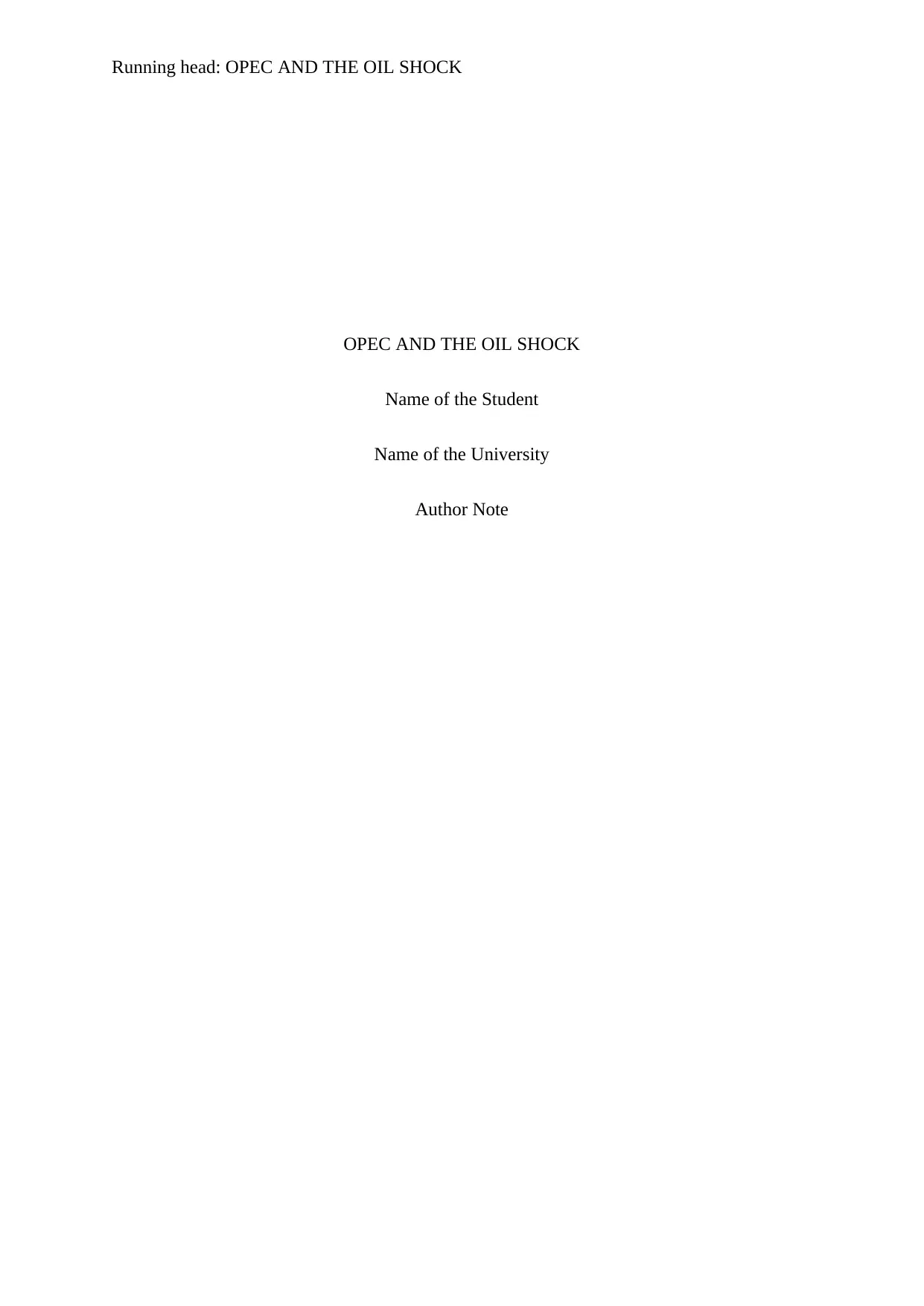
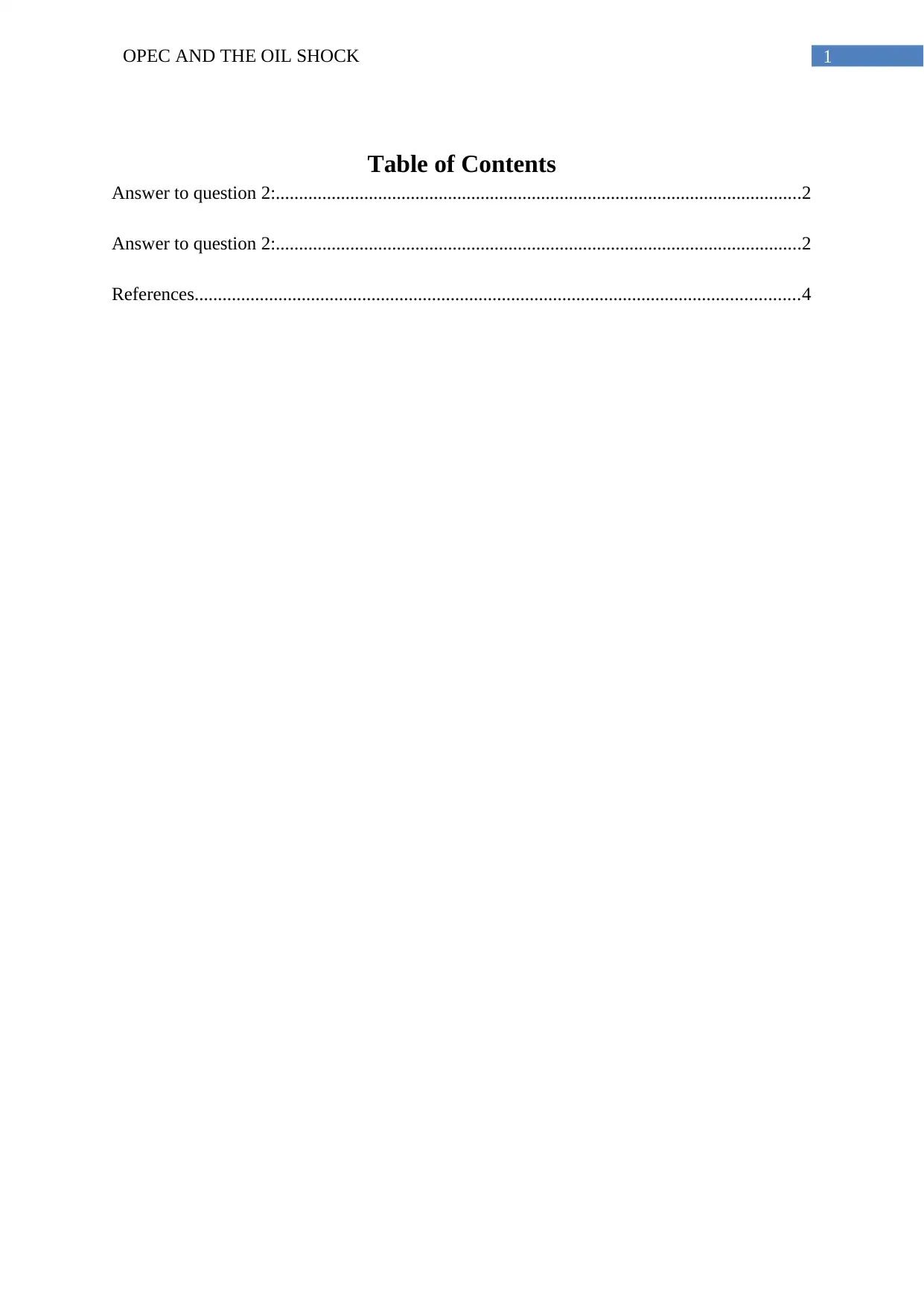
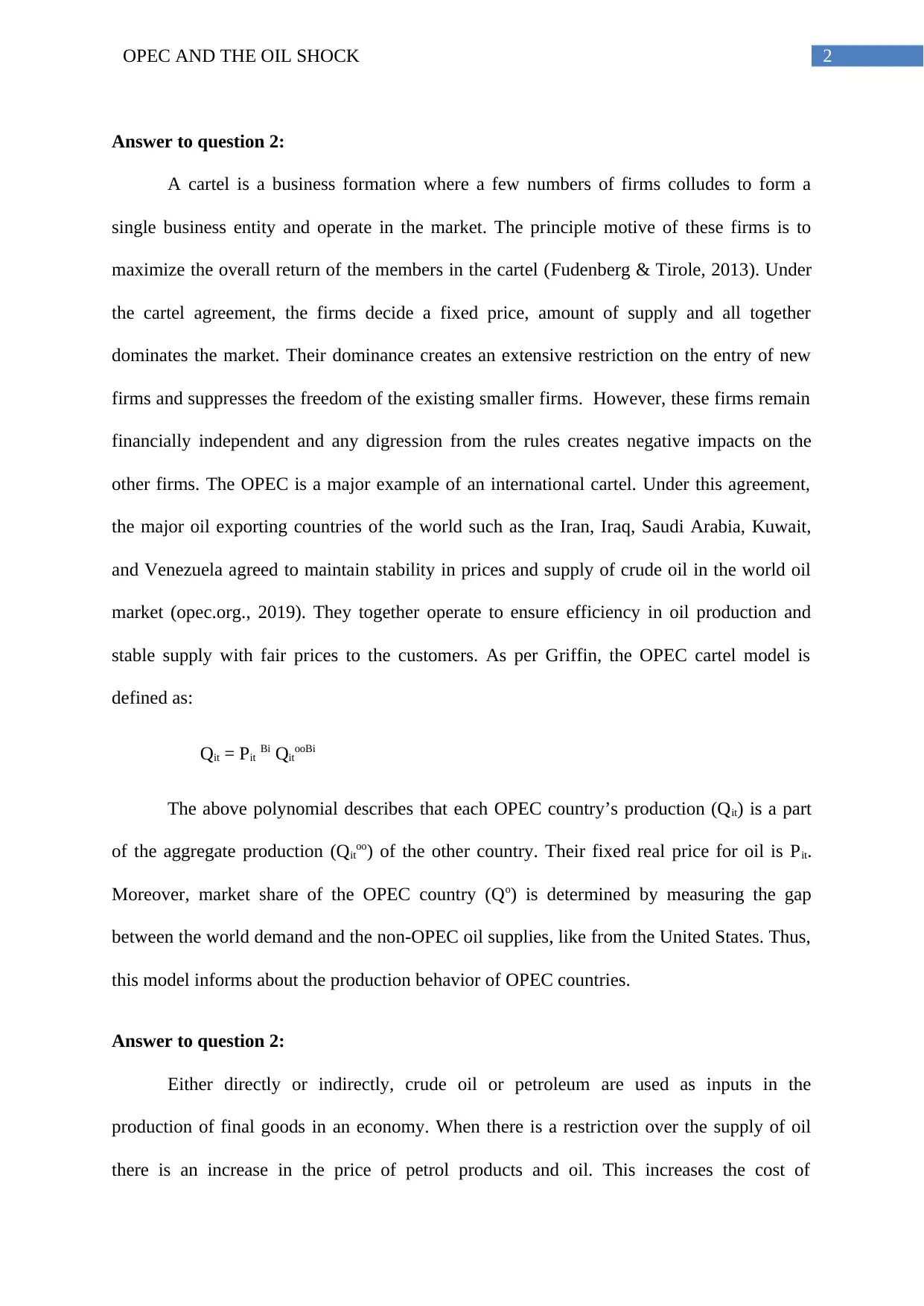

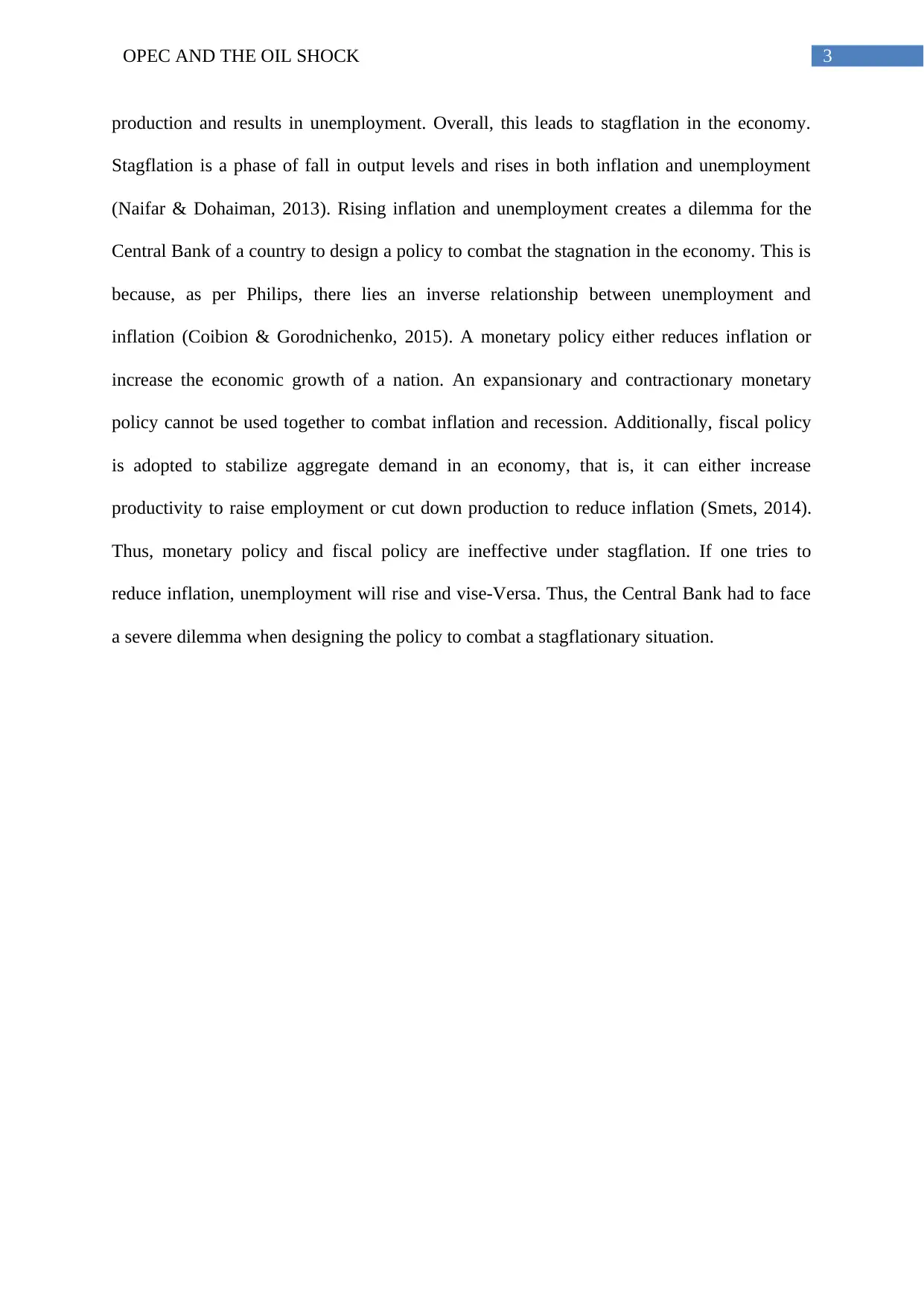
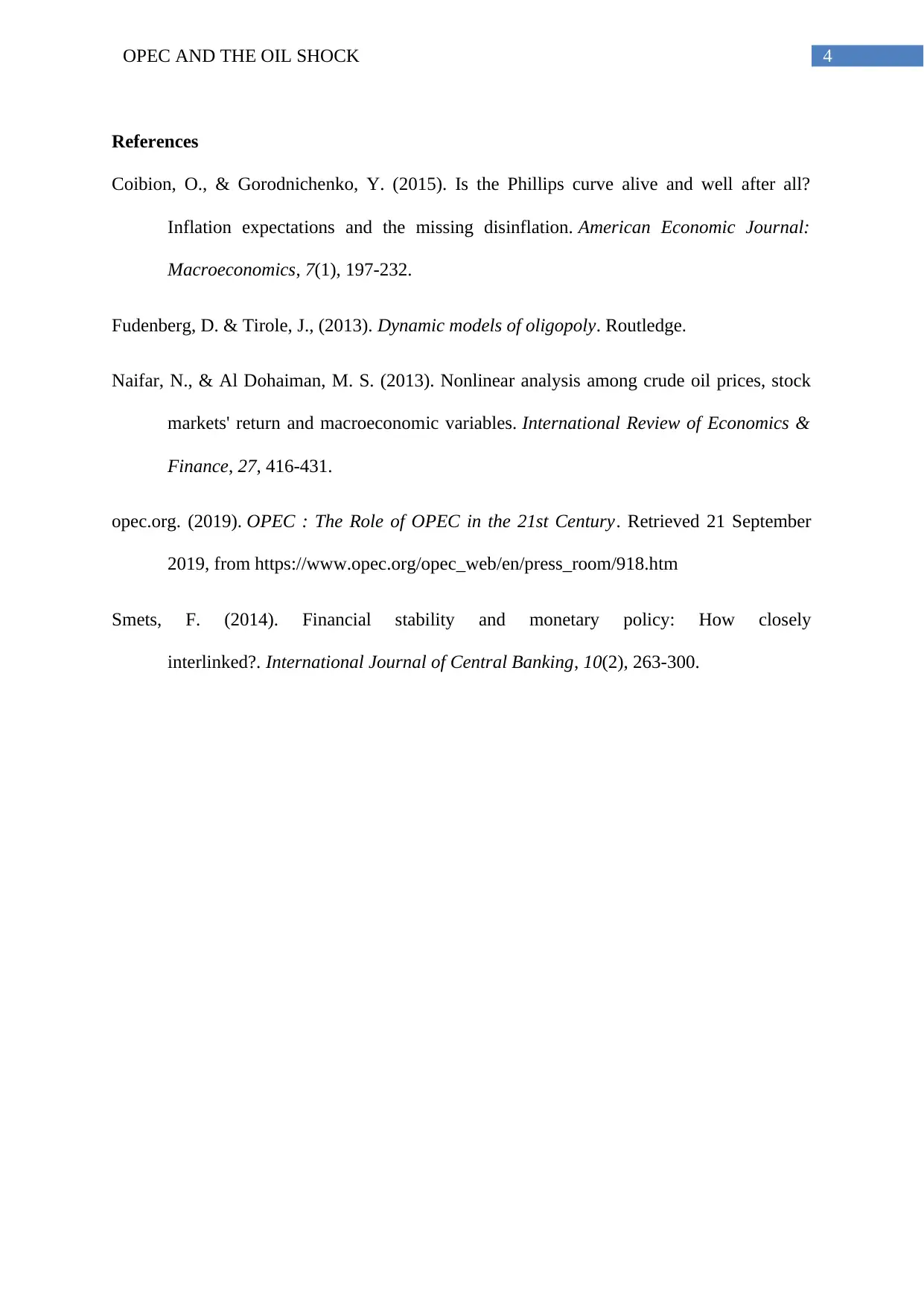






![[object Object]](/_next/static/media/star-bottom.7253800d.svg)